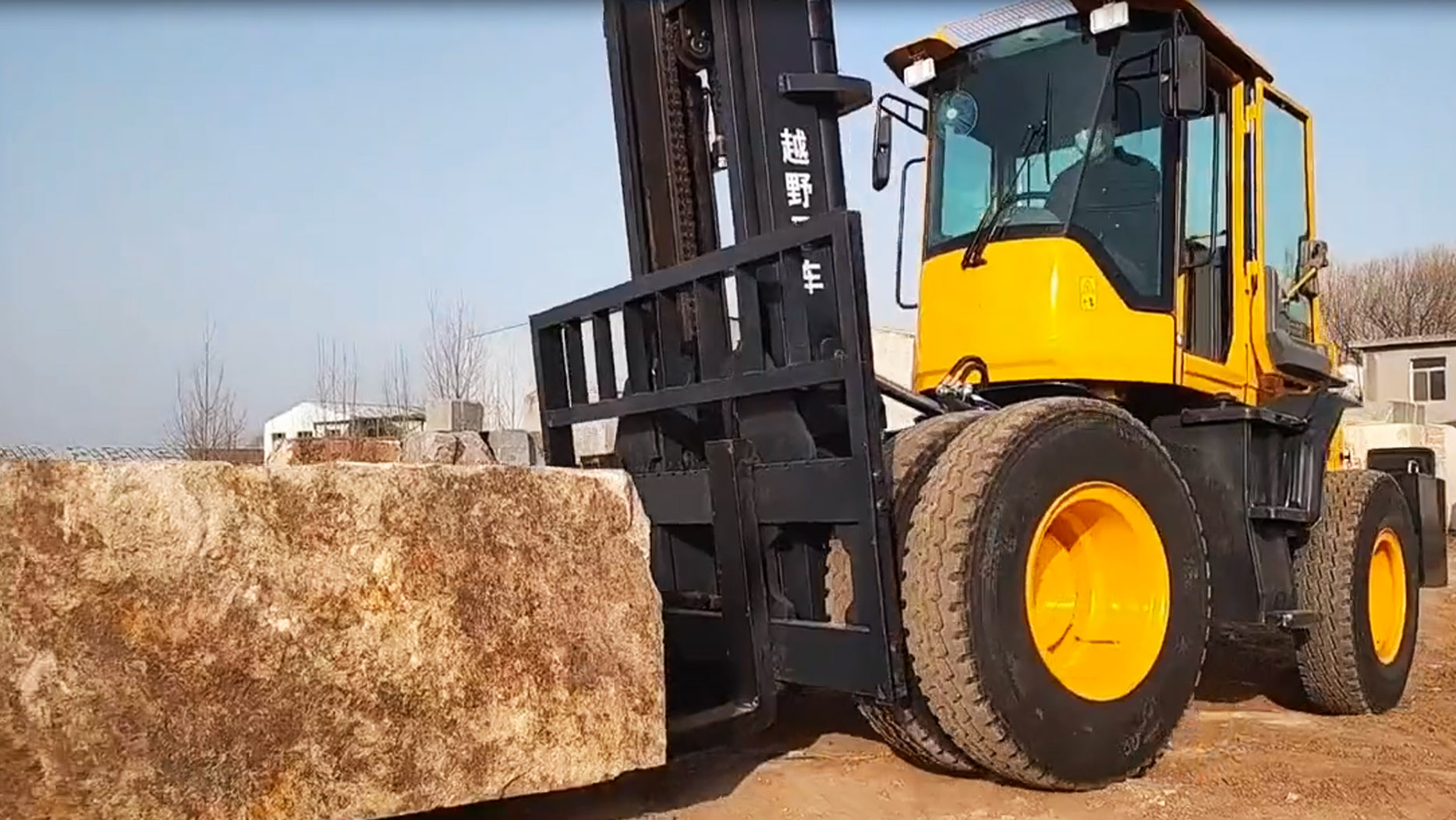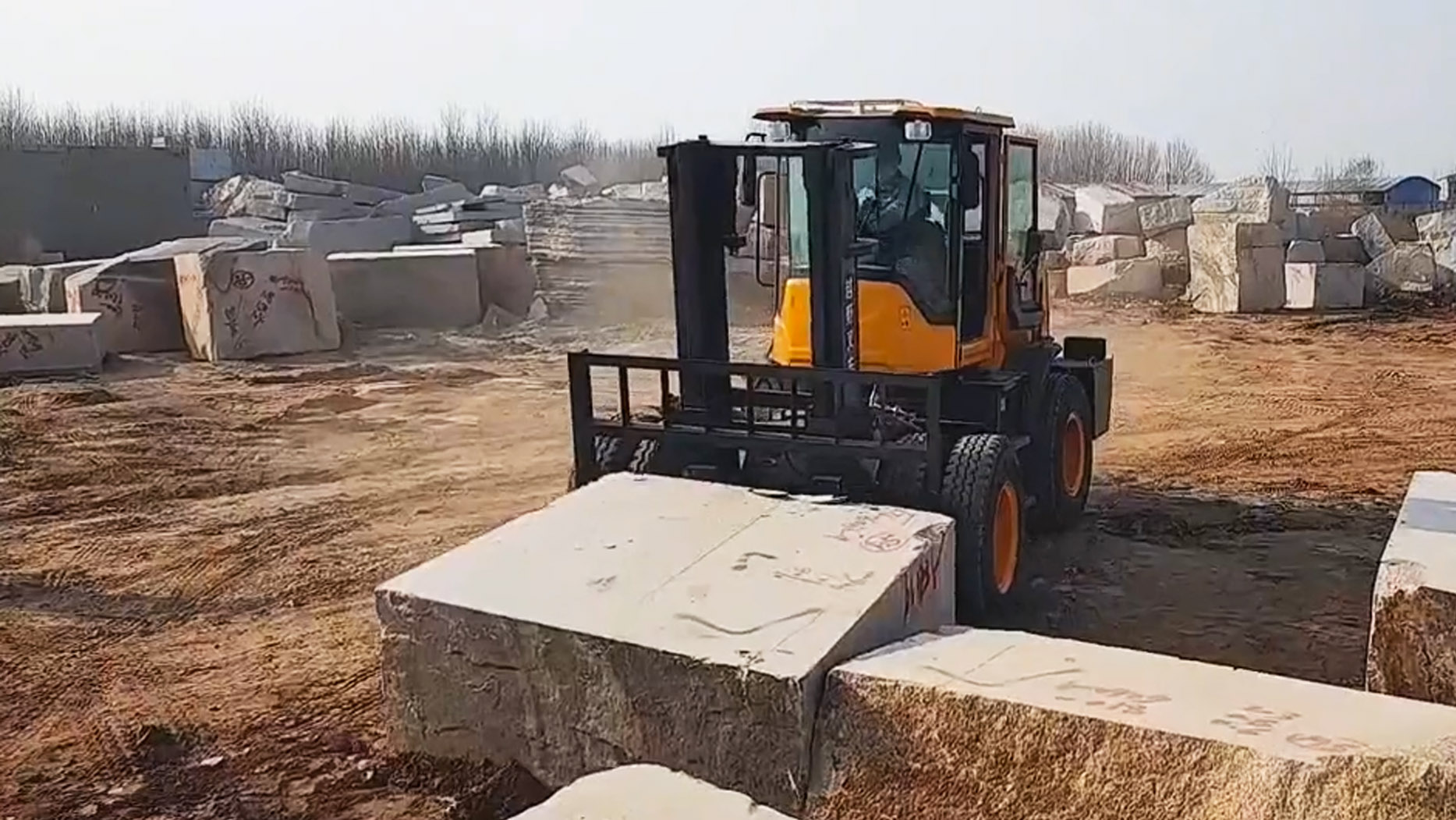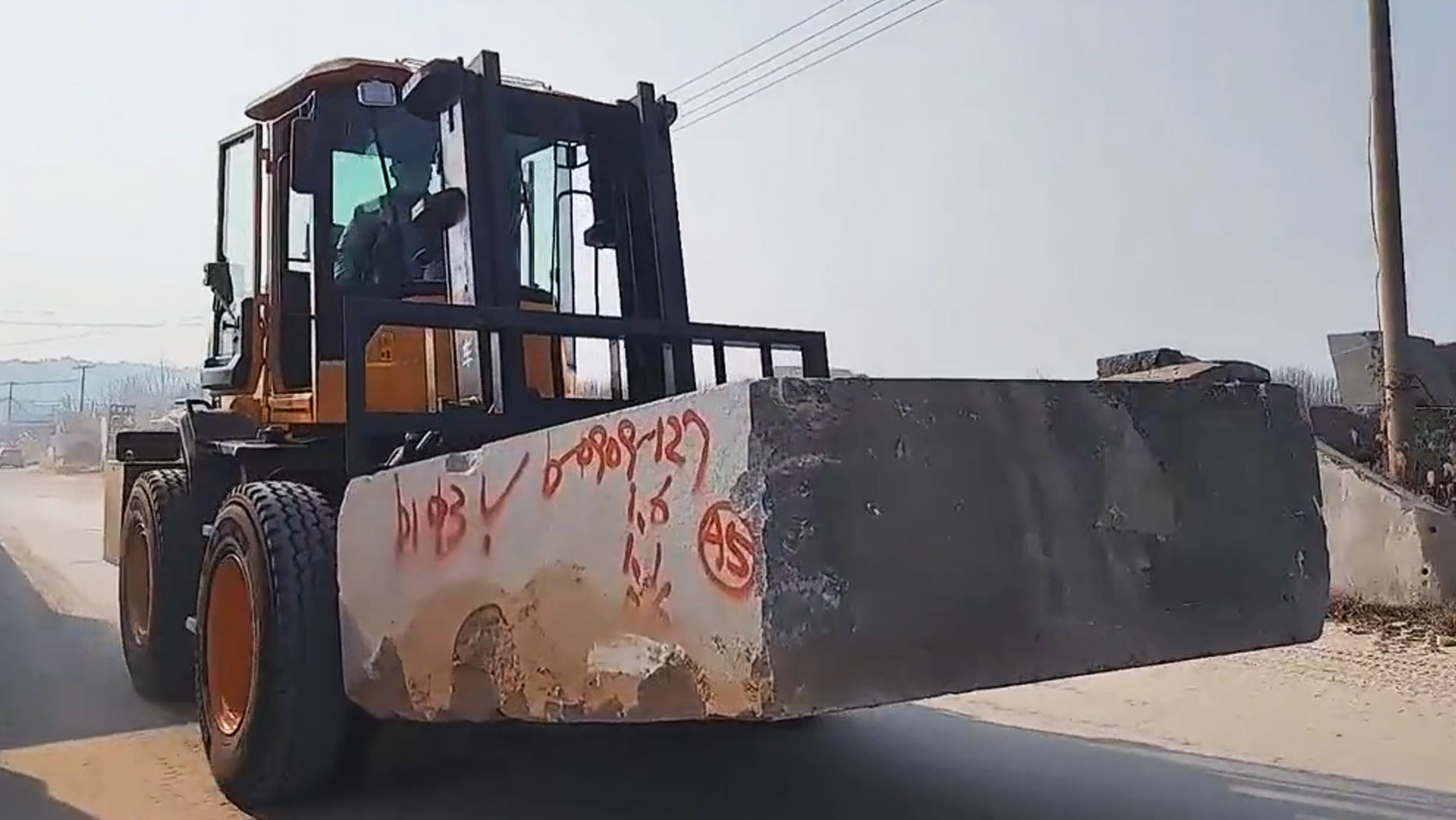What Forklift Can Lift 10,000 Pounds? A Comprehensive Guide
Forklifts are essential equipment in various industries, from warehousing and construction to manufacturing and logistics. Choosing the right forklift for a specific task is crucial for safety, efficiency, and cost-effectiveness. One common question is, "What forklift can lift 10,000 pounds?" This article delves into the various factors to consider when selecting a forklift with this lifting capacity, exploring different types, key specifications, and critical considerations for safe operation.
Understanding Lifting Capacity and Its Significance
A forklift's lifting capacity, often expressed in pounds or kilograms, refers to the maximum weight it can safely lift at a specified load center. The load center is the distance from the front forks to the center of gravity of the load. It's crucial to understand that the rated capacity is valid only under specific conditions, including a standard load center and a level surface. Exceeding the rated capacity is extremely dangerous and can lead to tip-overs, load damage, and serious injuries.
Types of Forklifts Capable of Lifting 10,000 Pounds
Several types of forklifts can handle 10,000-pound loads. The best choice depends on the specific application, environment, and operational needs.
Internal Combustion (IC) Forklifts: These forklifts are powered by internal combustion engines, typically fueled by propane (LPG), diesel, or gasoline. IC forklifts are robust and well-suited for heavy-duty applications, including lifting 10,000 pounds. They are commonly used outdoors due to their emissions, although some models with specialized catalytic converters can be used indoors with proper ventilation. Diesel forklifts are often preferred for the heaviest loads and most demanding environments.
Electric Forklifts: Electric forklifts are powered by batteries and offer a cleaner, quieter operation compared to IC forklifts. While traditionally used for lighter loads, advancements in battery technology have made electric forklifts capable of handling substantial weights, including 10,000 pounds. They are ideal for indoor use due to their zero emissions and are gaining popularity in various industries. However, they require charging time and infrastructure, which needs to be considered.
Pneumatic Tire Forklifts: These forklifts utilize pneumatic tires, similar to those found on cars and trucks. Pneumatic tires provide excellent cushioning and are well-suited for outdoor use on uneven surfaces. They are a good choice for construction sites, lumber yards, and other applications where rough terrain is a factor. Many pneumatic tire forklifts can readily lift 10,000 pounds.
Solid Tire (Cushion Tire) Forklifts: Solid tire forklifts use solid rubber or polyurethane tires. These tires are puncture-proof and offer a smooth ride on even surfaces. They are typically used indoors on concrete floors and are common in warehouses and manufacturing facilities. While some cushion tire forklifts can lift 10,000 pounds,they are generally more suited for lighter to medium-duty applications compared to pneumatic tire forklifts in this weight class.
Key Specifications to Consider
When selecting a forklift capable of lifting 10,000 pounds, several key specifications must be considered:
Lifting Capacity: This is the most crucial specification. Ensure the forklift's rated capacity meets or exceeds the required 10,000 pounds, taking into account the load center.
Lift Height: Determine the maximum height to which the load needs to be lifted. This will dictate the mast type and configuration.
Load Center: As mentioned earlier, the load center is critical. A larger load center reduces the forklift's lifting capacity. Ensure the forklift can handle the 10,000-pound load at the anticipated load center.
Power Source: Choose between IC (propane, diesel, gasoline) or electric based on the application, environment, and cost considerations.
Tire Type: Select pneumatic tires for outdoor, rough terrain applications or solid tires for indoor, smooth surface operations.
Mast Type: Different mast configurations (simplex, duplex, triplex) provide varying lift heights and free lift capabilities. Choose the appropriate mast based on the specific needs of the application.
Fork Length and Width: Ensure the forks are of adequate length and width to safely handle the load.
Turning Radius: Consider the forklift's turning radius, especially in confined spaces.
Fuel Type (for IC forklifts): Propane is a common choice due to its cleaner burning nature compared to diesel or gasoline, especially for indoor or partially enclosed environments. Diesel is often preferred for heavy-duty outdoor applications.
Battery Capacity (for electric forklifts): Consider the battery capacity and charging time for electric forklifts to ensure continuous operation.
Attachments: Various attachments, such as clamps, rotators, and side shifters, can enhance the forklift's versatility. Ensure the chosen forklift is compatible with the required attachments.
Safety Considerations for 10,000-Pound Loads
Operating a forklift with a 10,000-pound capacity requires strict adherence to safety protocols:
Operator Training: Only trained and certified operators should operate forklifts. Proper training includes understanding load capacity, load center, pre-operation checks, and safe operating procedures.
Pre-Operation Inspections: Conduct thorough pre-operation inspections before each shift to identify any potential issues.
Load Stability: Ensure the load is properly secured and balanced on the forks. Unevenly distributed loads can lead to tip-overs.
Operating Environment: Maintain a clean and organized operating environment, free from obstacles.
Speed Limits: Adhere to posted speed limits and operate the forklift at a safe speed.
Pedestrian Awareness: Be aware of pedestrians and yield the right-of-way.
Load Capacity Limits: Never exceed the forklift's rated lifting capacity.
Maintenance: Regular maintenance is crucial for ensuring the forklift's safe and reliable operation.
Choosing the Right Forklift for Your Needs
Selecting the right forklift for lifting 10,000 pounds involves careful consideration of various factors, including the type of application, operating environment, load characteristics, and safety requirements. Consulting with a reputable forklift dealer or material handling specialist is highly recommended to ensure you choose the best forklift for your specific needs. They can assess your requirements and recommend the most suitable model, considering factors like cost, performance, and long-term maintenance.
Conclusion
Lifting 10,000 pounds requires a robust and reliable forklift. By understanding the different types of forklifts available, key specifications, and safety considerations, businesses can make informed decisions to select the right equipment for their needs. Prioritizing operator training, regular maintenance, and adherence to safety protocols is paramount for ensuring safe and efficient material handling operations. Remember, the right forklift is an investment in productivity and safety.
Post time:Feb.19.2025



